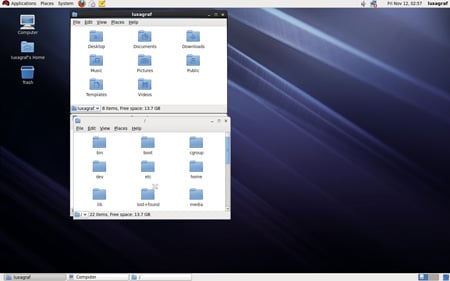

Prompt for the full path and filename of the PDF file from which you want to remove the password. decrypt /home/lori/Documents/secured.pdf NOTE: There are two dashes before “password” on the left side of the equals sign. Enter the password for your file after the equals sign. Prompt for the password to open the protected PDF file. The breakdown of the command is as follows: qpdf Qpdf –password=password –decrypt /home/lori/Documents/secured.pdf /home/lori/Documents/unsecured.pdf Once QPDF is installed, type the following command at the prompt and press Enter. Type your account password when prompted and press Enter. If it’s not installed, press Ctrl + Alt + T to open a Terminal window and type the following command at the prompt. If you’re using the latest version of Ubuntu (14.04 as of the writing of this article), QPDF is most likely installed. The tool allows you to encrypt and decrypt, web-optimize, and split and merge PDF files. QPDF is a command-line program for Linux that converts from one PDF file to another equivalent PDF file while preserving the content of the file. The unprotected PDF file is generated and saved to the location you specified in the command.

Replace the path shown here with the full path and filename you want to use for the unprotected PDF file generated by pdftk. Prompt for the path and file name you want to use for the unprotected PDF file generated by pdftk followed by the full path and filename for the unprotected PDF file that will be generated. Output /home/lori/Documents/unsecured.pdf Replace “password” with the password used to open your file. Prompt for entering the user password for the protected PDF file and the password used to open the file. Replace this with the full path and filename for your password-protected PDF file. The breakdown of the command is as follows: pdftkįull path and filename of the password-protected PDF file. Pdftk /home/lori/Documents/secured.pdf input_pw password output /home/lori/Documents/unsecured.pdf
#Pdfinfo centos 6 install
If you install from source, you are completely on your own.When the installation is finished type the following command at the prompt, replacing the relevant parts as indicated below. You can get a supported Python 3 from Red Hat via Software Collections. This is tricky to recover from.Ĥ – If there are bugs/security vulnerabilities in any of the underlying libraries, how will you know when you need to patch and rebuild your personal python build?ĥ – For companies that are using RHEL, there is usually an expectation of support from Red Hat. That’s why we have rpm and yum.ģ – If you accidentally run ‘make install’ as root, you will likely break yum and other system admin utilities. Check one of the source RPMs for a full list of the packages that should be pre-installed. Look through the comments that are already here.ġ – There is no uninstal command, you are manually making changes to your system as root.Ģ – The dependency list to get all of the standard library modules (SSL, compression, database, etc. python3.6 -Vįor most people, building Python from source isn’t good advice.
#Pdfinfo centos 6 archive
Now remove downloaded source archive file from your system rm /usr/src/Python-3.6.10.tgzĬheck the latest version installed of python using below command. Make altinstall is used to prevent replacing the default python binary file /usr/bin/python. Use below set of commands to compile Python source code on your system using altinstall. You can also download the latest version in place of specified below.
#Pdfinfo centos 6 how to


 0 kommentar(er)
0 kommentar(er)
